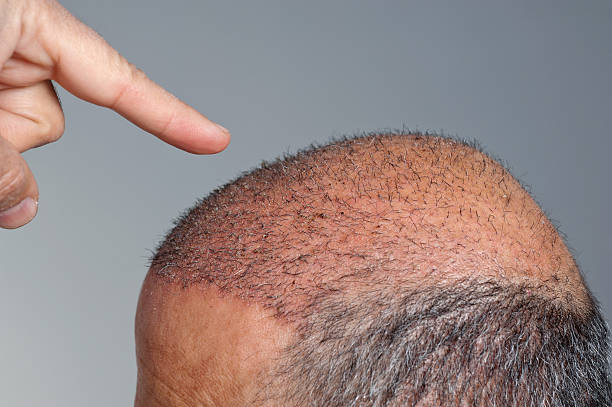Understanding Hair Transplants: An In-Depth Look at What to Expect
Hair loss is a common issue that affects millions of people globally. It's not just an aesthetic problem; it's a psychological one too, often leading to reduced self-esteem and confidence. One of the most effective solutions to combat hair loss is hair transplantation. This medical procedure, which has been around since the 1950s, has evolved significantly over the years, leading to improved results and patient satisfaction. This article will delve deeper into the history, current relevance, and what to expect from hair transplantation.

History of Hair Transplants
Hair transplantation originated in Japan in the 1930s, where surgeons used small grafts to restore lost hair from scalp injuries. Still, it wasn’t until the 1950s that New York dermatologist Dr. Norman Orentreich started using the method to treat male pattern baldness. His pioneering work established the principle of “donor dominance,” meaning that hair follicles taken from areas of the scalp resistant to balding will continue to grow when transplanted to a balding area.
The early days of hair transplantation often resulted in an unnatural “pluggy” look, due to the large grafts used. Over time, surgeons began using smaller grafts, leading to a more natural appearance. Today, hair transplant procedures have evolved from simple plug grafting to follicular unit transplantation (FUT) and follicular unit extraction (FUE), giving patients a more natural look with less downtime.
Current Relevance of Hair Transplants
Today, hair transplantation is more popular than ever. According to the International Society of Hair Restoration Surgery, over 600,000 hair restoration procedures were performed worldwide in 2017, a 60% increase from a decade prior. This surge in popularity can be attributed to several factors: advancements in technology, increased awareness, and societal acceptance of cosmetic procedures.
Celebrities’ openness about getting hair transplants has also played a significant role in reducing the stigma associated with the procedure. Well-known personalities like Elon Musk, Wayne Rooney, and Matthew McConaughey have spoken publicly about their hair restoration journeys, encouraging others to explore this option.
What to Expect from a Hair Transplant
Hair transplantation is a surgical procedure that involves moving hair follicles from a part of your body (usually the back or sides of your scalp) to a bald or balding part. The surgery is performed under local anesthesia and can take anywhere from four to eight hours, depending on the extent of the transplant.
Recovery time varies, but patients can typically return to work within two to five days following the procedure. It’s normal to experience some scalp discomfort and swelling in the days following surgery, which can be managed with medication. The transplanted hair will typically fall out within two to three weeks, making way for new hair growth within a few months.
The Impact and Reception of Hair Transplants
The impact of a successful hair transplant can be life-changing. It can restore not only hair but also self-confidence and self-esteem. Many patients report feeling younger and more attractive after the procedure, which can positively affect their personal and professional lives.
The reception of hair transplants has also been largely positive, especially with the advancements in surgical techniques. According to a study published in the Journal of Clinical and Diagnostic Research, patients who underwent hair transplantation reported high levels of satisfaction with their results.
However, it’s important to note that, like any surgical procedure, hair transplantation carries risks, including infection and scarring. Therefore, it’s crucial to consult with a certified and experienced surgeon to understand the potential risks and benefits fully.
Unique Insights into Hair Transplants
While hair transplants can be transformative, they are not a cure-all for hair loss. The procedure works best for individuals with androgenetic alopecia (a common form of hair loss in both men and women) or those who have lost hair due to injury or a cosmetic procedure. It’s less effective for those with widespread thinning and baldness, and it cannot prevent future hair loss.
In conclusion, hair transplantation has come a long way since its inception. Today, it offers a viable solution for many people suffering from hair loss. However, as with any medical procedure, it’s essential to do thorough research, set realistic expectations, and consult with a reputable professional in the field.



